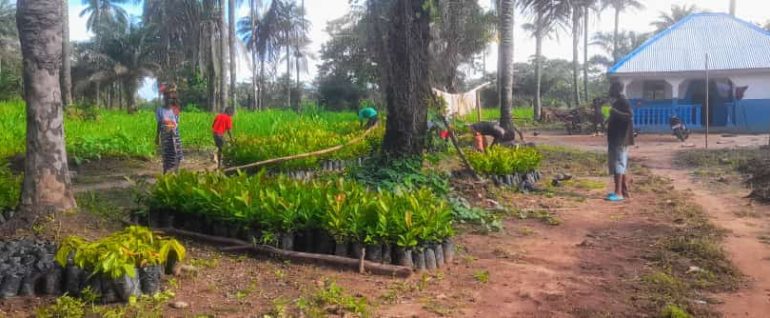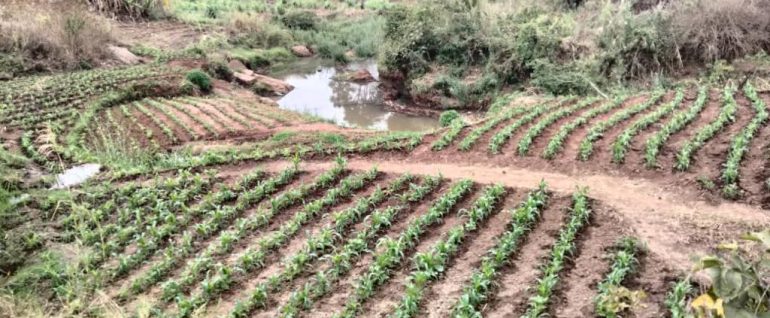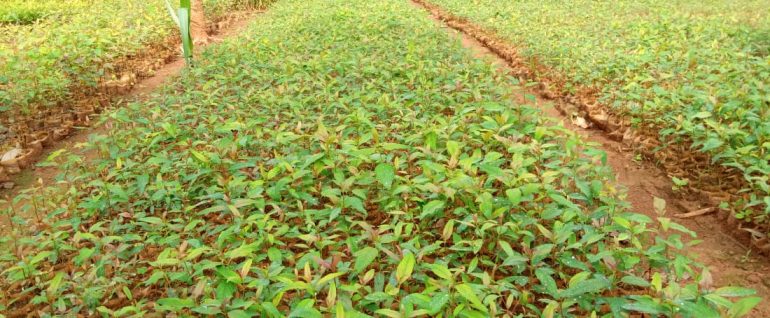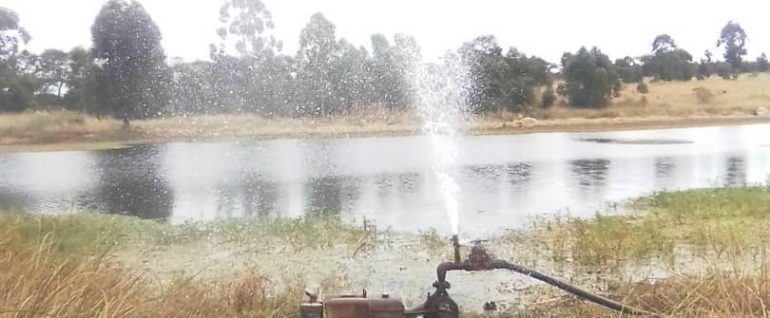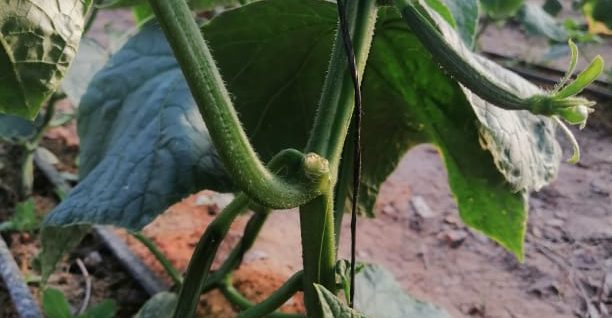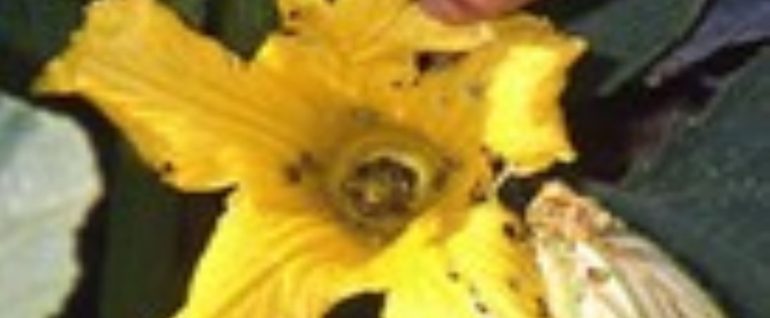There has been some time now since we met Issa Conteh, the Founder/Chief Executive Officer of Save Life Initiative, a community development program, in Sierra Leone. Some unforeseen events prevented us from continuing as we had planned, but now we will continue the story as we left off. As I mentioned in the first post on the Save Life Initiative, we will now learn more about how two of the Save Life Initiative projects have impacted, and continue to have an impact on the environment in Sierra Leone. A. Mudslide Tree Recovery (Regent, Sierra Leone Mudslides Recovery Planting). This project came about [...]
Read MoreA few weeks back we reported on Isatu’s Hope from Lungi City, Pewulay Village in the northern province of Sierra Leone, and her agricultural projects and her work with Global Children Humanitarian Organization (Orphanage). We are still in Sierra Leone, and now we are with Issa Conteh, the Founder/Chief Executive Officer of Save Life Initiative, a community development program. Save Life Initiative was founded on 12th July 1989, in Fadugu, Koinadugu District, Northeastern Region in Sierra Leone. The Program and its founder have won the West Africa Leadership Award in 2018, and Street Child Headcount winner, and IFSP Presidential Winner in 2022. The [...]
Read MoreIn our last discussion with Judith Liposa, the project manager at Hope Ministries International (HOMI). She was explaining about a reforestation project HOMI has in Malawi and the environmental impact it will have. In our first post, we went over five reasons why trees are important and the role they play in the ecosystem, and then in the second post we discussed the overall impact forests have on the environment at large. But what about the farmers? What kind of an impact will this kind of project have on them and their livelihood? I want to know more about how [...]
Read MoreJust over a week ago, we met Judith Liposa, project manager at Hope Ministries International (HOMI). She was explaining about a reforestation project HOMI has in Malawi. Judith was telling me about their project of Enhancing Native Forest Restoration in Malawi (ENFRIM). The objective of the ENFRIM project is to conserve and restore over 500 hectares of native forest, through the preservation of existing trees and tree remnants, supplementary planting of endemically established tree species, and orderly management of the forests through community-led initiatives. In our last post, we went over five reasons why trees are important and the role they play [...]
Read MoreFarmers, what does become of your crop after you harvest and sell? Why are you asking? Someone might say, who cares once I have done my work and gotten my rewards by selling then it’s not my problem anymore. I’m of another opinion. Having a clear view of the supply line from providers of seeds and seedlings, vendors of machinery, fertilizer, and other material needed for the farm, all the way up the chain to the consumer will open up windows of opportunities. For a while, I have been looking for this connection between agriculture and industry. The connection where the two link [...]
Read MoreThis time we are introducing you to Chrisphene Ontonyi Omwebu from KisiiCounty, Kenya, and his Mkulima Nursery.Chris, as he is usually called, has been running the nursery since 2018.After graduating in the field of Agriculture resource management, it waslogical to start a business in the field and at the same time, to help societyconserve the environment and keep it green. The nursery was a way tosupply customers with needed plants as well as an opportunity to advisethe same customers on what would best suit them when they build theirown garden.Chris focused on tree seedlings, both fruit trees and ornamental trees,species, [...]
Read MoreHere we will go through the history of the business. From its establishment up to today. Initially, Chris had several challenges as happens to every business. The first, asfor many, question was, what to start? A farm, if so, then what? Secondly, afterdeciding to start a plant nursery, would he have a market for his products? Thenof course, how to acquire materials, seeds, seedlings, fertilizer, etc.? Finally, oneof the most important questions was, where would he get the funding?To overcome all these challenges, Chris sought out and found experts to help, andsearched for information on the business aspect of a nursery [...]
Read MoreI’m pleased to introduce you to Rimani Chatama from Zimbabwe. Mr. Chatama has 25 years of experience in agriculture, with a wide variety of products. He has been a farm manager both for commercial crops and animals, goats, sheep, and poultry, but mostly cattle. After Mr. Chatama retired from farm management, he started working on his own projects. First, he had a small plot of land where he cultivated cauliflower, but he did not find the land suitable, too small to sustain a productive farm, so he acquired 5 hectares of land in a different location. Mr. Chatama’s intention was to grow [...]
Read MoreAs mentioned, Mr. Chatama decided on English cucumbers because they are easy to market. Also, by harvesting three times per year, he can maximize the yield. Mr. Chatama’s greenhouse is 320 m2, and he has planted 500 cucumber plants there. English cucumbers are sweet, slender, and straight, and have fewer, less noticeable seeds than many other cucumbers. You’ll also see them called greenhouse cucumbers, hot house cucumbers, European cucumbers, and seedless cucumbers. English cucumbers are about 14 inches long and about 1-1/2 to 2 inches in diameter. They’re grown off the ground, hanging or on a trellis, to get their characteristic shape. [...]
Read MoreEven if you are a professional and know what you are doing in the garden, you will find challenges. Mr. Chatama had to prepare for several challenges when he started his English cucumber project. There are several pests constantly seeking to make their life on or in your plants and vegetables. In the case of the cucumber, there are four types of insects that are especially dangerous. These are the Fruit Fly, the White Fly, the Cucumber Beetle, and Red Spider Mites. All these insects attack the plant by laying eggs in it like the Fruit Fly, sucking the plant sap, [...]
Read More
